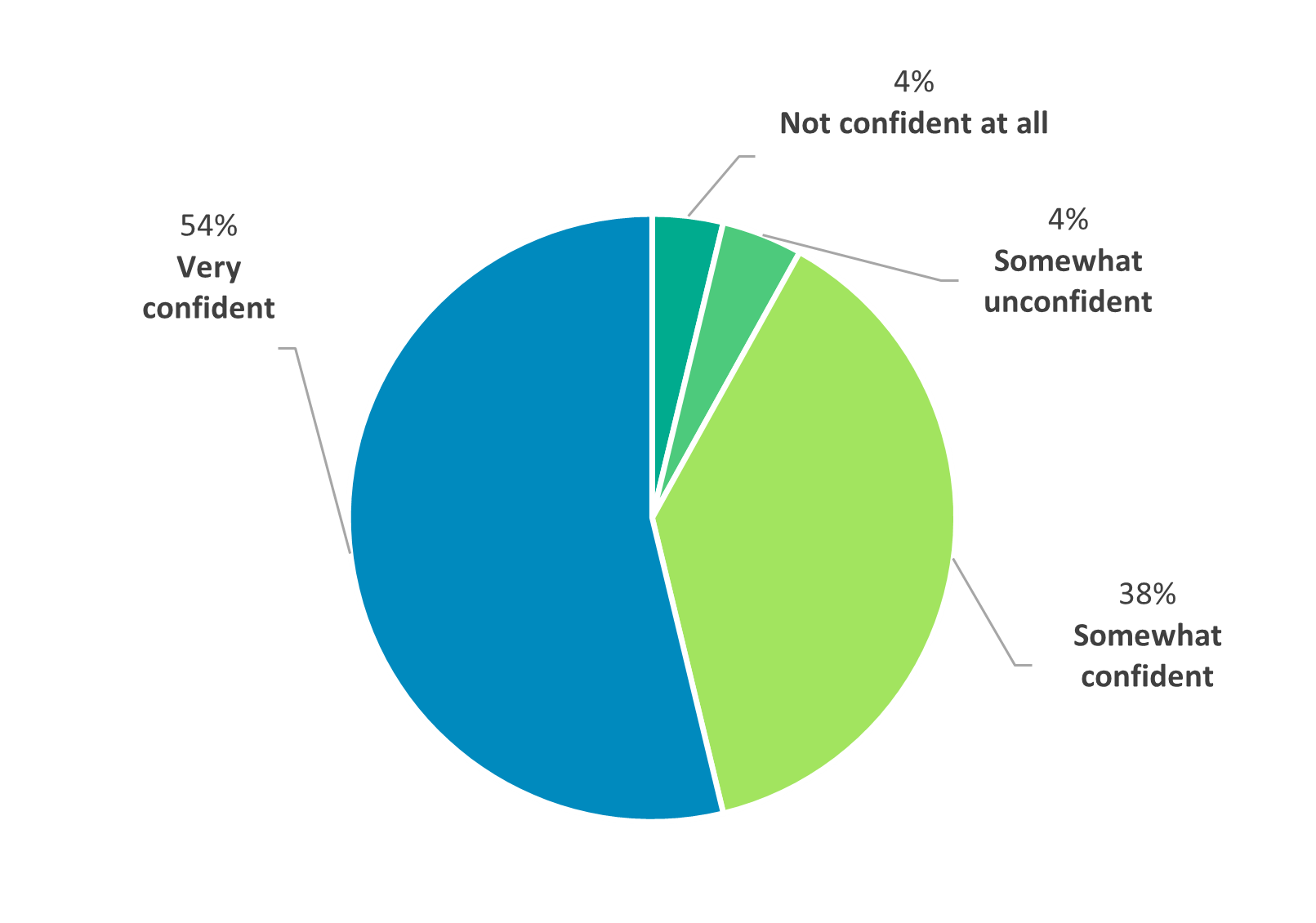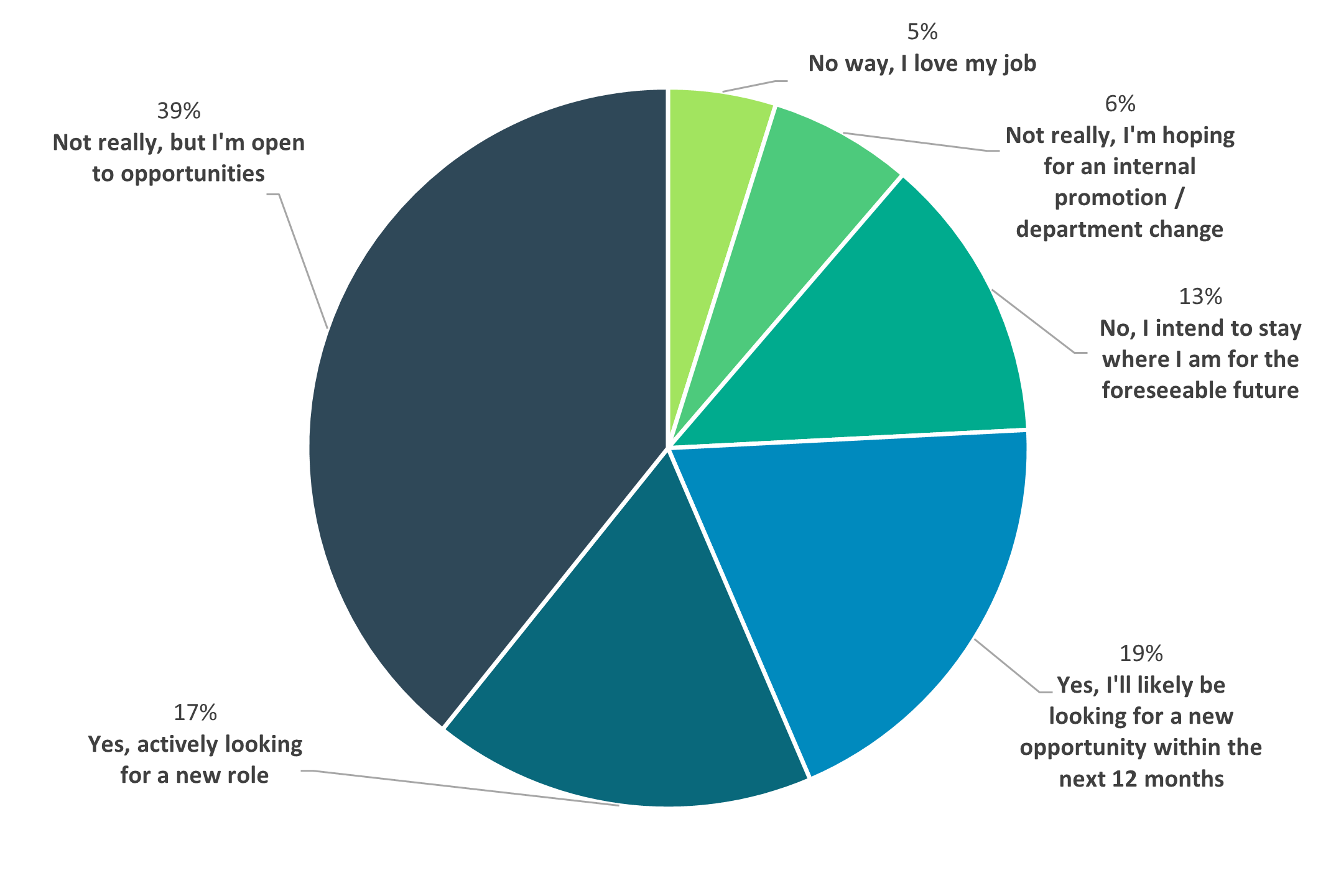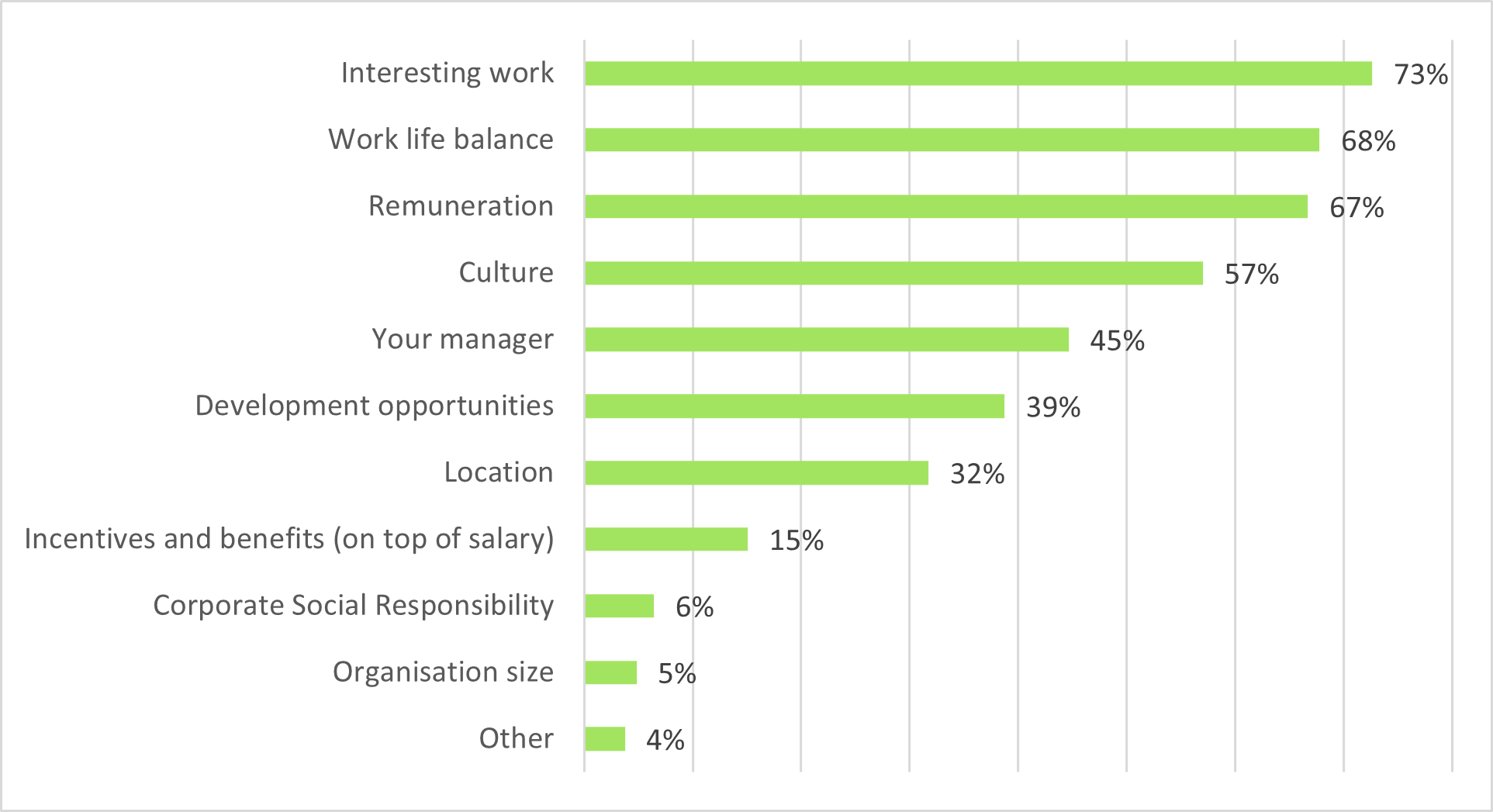
Whether you are new to the industry or a defence industry veteran, Kinexus’ Defence Industry Insights provides valuable information about what’s going on across the plethora of acquisition and sustainment projects and the key factors affecting the workforce.
In this series of blogs, we take a deep dive into what is going on in each sector. Today we explore the largest defence industry sector, the naval sector.
For further information download the Eighth Edition of Kinexus’ Defence Industry Insights.
NAVAL SECTOR OVERVIEW
The naval sector continues to account for the largest proportion of defence industry hiring, as recorded in Kinexus’ 2021 Hiring Intentions and Workforce Report. With acquisition and sustainment projects at various stages of the project lifecycle, suitably skilled workers remain in high demand nationally.
The major acquisition programs SEA 1180 and SEA 5000 continue to drive significant hiring efforts across SA and WA. Opportunities attached to these programs remain plentiful for workers and defence industry organisations alike, and we continue to see the development of the supply chains supporting them.
Despite the AUKUS announcement in September 2021 impacting the SEA 1000 workforce significantly, naval sector hiring demand remains high. For more details take a look at our blog A New Submarine Capability But What Happens Now.
Sustainment programs engage the majority of the naval sector workforce in NSW where primes, subcontractors, OEMs, SMEs and consultancies all compete for similarly skilled workers. Some defence industry organisations find continued success with remote support teams; workforces have grown in VIC in support of interstate-based projects.
In-demand skill sets in the naval space include systems engineering, project management, scheduling and risk management, and ILS engineering and analysis. These skills have been consistently in high demand for the past three years, causing a dearth of available workers with defence industry skills.
Employment confidence is high among defence industry workers with these skill sets, and Kinexus has seen an increasing number make the switch from permanent to contract work.
NAVAL WORKFORCE INSIGHTS
In April 2021 we surveyed the defence industry workforce. Here are some key workforce insights for the naval sector.
Industry Career Confidence
This chart shows the opinion of the naval sector respondents when asked ‘What is your current confidence in defence industry being able to provide you with a long-term career?’
.png)
Confidence in long-term defence industry career opportunity is extremely high. Nationally across all sectors, 88% of respondents feel somewhat or very confident. Within the naval sector, this confidence is even higher. 92% of all naval sector respondents are somewhat or very confident, as shown here.
Employment Changes in the Near Future
This chart shows the opinion of the naval sector respondents when asked ‘Are you considering a change in employment in the near future?’
.png)
Across all sectors, the proportion of respondents who are actively looking for a new role has decreased for the fourth year in a row, down from 31% in 2018 to just 17% in 2021. This is mirrored in the naval sector, where just 17% of naval respondents recorded that they are actively looking for work.
The naval sector is also in line with the national statistics on those passively open to opportunities; a record high 39%.
Job Satisfaction
This graph displays the opinion of the naval sector respondents when asked ‘What has the most impact on your job satisfaction?’ Respondents were asked to select their top five.
The percentages show the proportion of respondents that feel the factors below contribute most to their job satisfaction.
.png)
Those in the naval sector value interesting work, work life balance and remuneration as the top three factors that contribute to job satisfaction, which is in line with the broader defence industry population across all sectors.
Within the naval sector respondents, other included such things as flexible work hours and time in lieu, working for a company that isn’t always ‘firefighting’, the successful achievement of goals and the manager and team.
Want to know more?
Further insight is available in Kinexus’ Defence Industry Insights – Eighth Edition which is available now to download for free.
For additional insight and to explore what the data means for your hiring activity and your defence industry organisation at large, get in contact with our consultants today.
.png)





